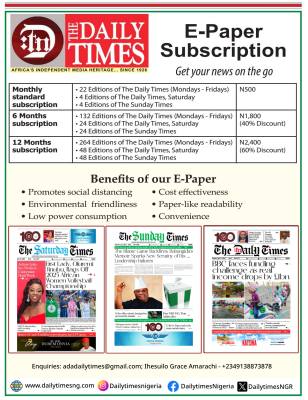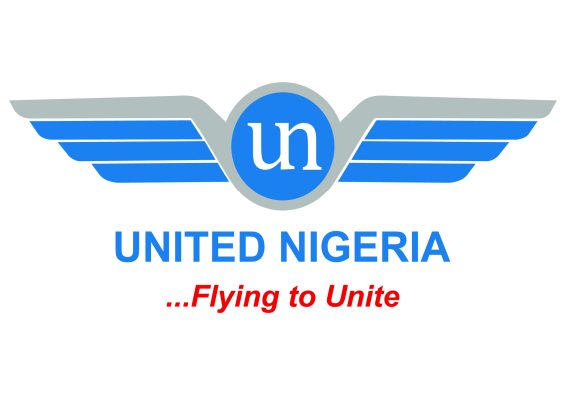2016 in review: Health sector still struggling for survival

Poor budgetary allocation, incessant strike actions, resurgence of polio outbreaks, brain drain, medical tourism, Lassa fever, among others, characterised the health sector in 2016. LARA ADEJORO writes
The actions and inactions of the Federal Government, stakeholders and medical doctors have challenged the health system from achieving its set goals.
15 years after the Abuja Declaration, Nigeria is yet to fulfill its pledge of allotting 15 per cent of its annual budget to health.
In 2014, the country only allotted 6.3% of budget to health and it plummeted to 5.7% in 2015; and in 2016, only a paltry 4.3% of the total budget was allotted to the health sector.
The way a country finances its health care system is a critical determinant for achieving universal health coverage (UHC), but the budgetary allocation to health in Nigeria tells remains otherwise for the over 170 million Nigerians.
According to the coordinator of Africa Health, Human and Social Development (Afri-Dev), Rotimi Sankore, Nigeria has no public health system. He said, “It does not exist. There is a skeleton and intention. Let’s stop deceiving ourselves, what we have now is the normalisation of death.”
He said, a situation where the per capital investment in health in Nigeria is $31 compared to between $1,500 to $2,000 per capital investment in the West world like Britain and Germany, does not augur well for the country. He said there was a 20-year gap in life expectancy between Nigerian and the developed countries.
Again, industrial actions have become common occurrences that also challenged the nation’s health sector.
In fact, strike is seen by public health workers as a means of pressing home their demands. Almost all the hospitals in every state in Nigeria has had its own share of strike actions by doctors and health workers over disgruntled issues, ranging from unpaid salaries to unfulfilled promises, disagreement among doctors and health workers, hospitals’ management actions, etc, leaving patients to bear the brunt.
Already, the National Association of Resident Doctors (NARD), had issued a three-week strike notice that is expected to end on Jan. 2, 2017, as they agitate for a uniform template for the Residency Programme, infrastructure for tertiary health facilities, proper grading of doctors and payment of outstanding salaries amongst other issues.
In the Lagos University Teaching Hospital (LUTH), Idi-Araba, Lagos, alone, about 20 doctors of the LUTH branch had left the teaching hospital in the last one year.
The Daily Times also gathered that more doctors at the University of Benin Teaching Hospital, (UBTH), Edo State, are planning to travel abroad for the proverbial ‘greener pasture’.
A doctor, who spoke on condition of anonymity, said, “As I speak to you, I’m planning to travel abroad with my family. My wife and I are both medical doctors in the hospital, but we have to go. The hospital’s management isn’t helping matters, it wasn’t this bad, but this year has been rough for us.”
According to him, many doctors are processing their exit from the teaching hospital. “As I speak, people are in different stages of the processes of leaving the hospital.”
The chronic shortage of medics and health workers in Nigeria is becoming worse, resulting in lengthy queues, long waiting times and patients’ dissatisfaction.
Figures show that the country can only boast of not less than 25,000 medical doctors, about 170,000 registered nurses and insufficient pharmacists for the populace-one of the highest shortages among middle-income.
Medical tourism has been on the rise in Nigeria in recent years. Nigeria is the leading African country in medical tourism. It leads by 42.4%. It is estimated that Nigeria spends $1 billion on medical tourism annually.
The rise in the growth has largely been attributed to the poor healthcare system in Nigeria.
According to the Indian High Commission, Indian hospitals received 18,000 Nigerians on medical visas in 2012; 47% of Nigerians were in India to receive medical treatment and spent approximately $260 million USD.
On the 11th of August, 2016, the fight against polio suffered a setback, as the Federal Government reported that two children were paralysed by the disease in Borno state, North east Nigeria.
However, Chairman, Nigeria National PolioPlus Committee(NNPPC), Dr.Tunji Funsho, in an interview with The Daily Times, said, “as long as we are able to confront complacency, intensify our efforts on surveillance and encourage routine immunization, we will get to the end of polio in Nigeria.”
The Nigeria Centre for Disease Control (NCDC), recently said Nigeria recorded the largest outbreaks of Lassa fever in its history between 2015 and 2016, with 273 reported cases resulting to 149 deaths.
Of these, 165 cases and 89 deaths have been confirmed through laboratory testing (CFR: 53.9%). The cases were reported from 23 states in Nigeria, according to the World Health Organisation (WHO).
In a letter signed by the Director, Department of Hospital Services, Dr Wapada Balami to all Chief Medical Directors, Medical Directors and Federal Tertiary Hospitals on resurgence of Lassa Fever, it said that with the resurgence of the fever in Ogun state, all CMDs, MDs and federal tertiary institutions are to “activate their surveillance systems, maintain universal precaution and embark on community mobilization, to ensure that this resurgence does not escalate to epidemic proportions.”
However, stakeholders have said that, there is need to prioritise healthcare in Nigeria, as health is wealth.







